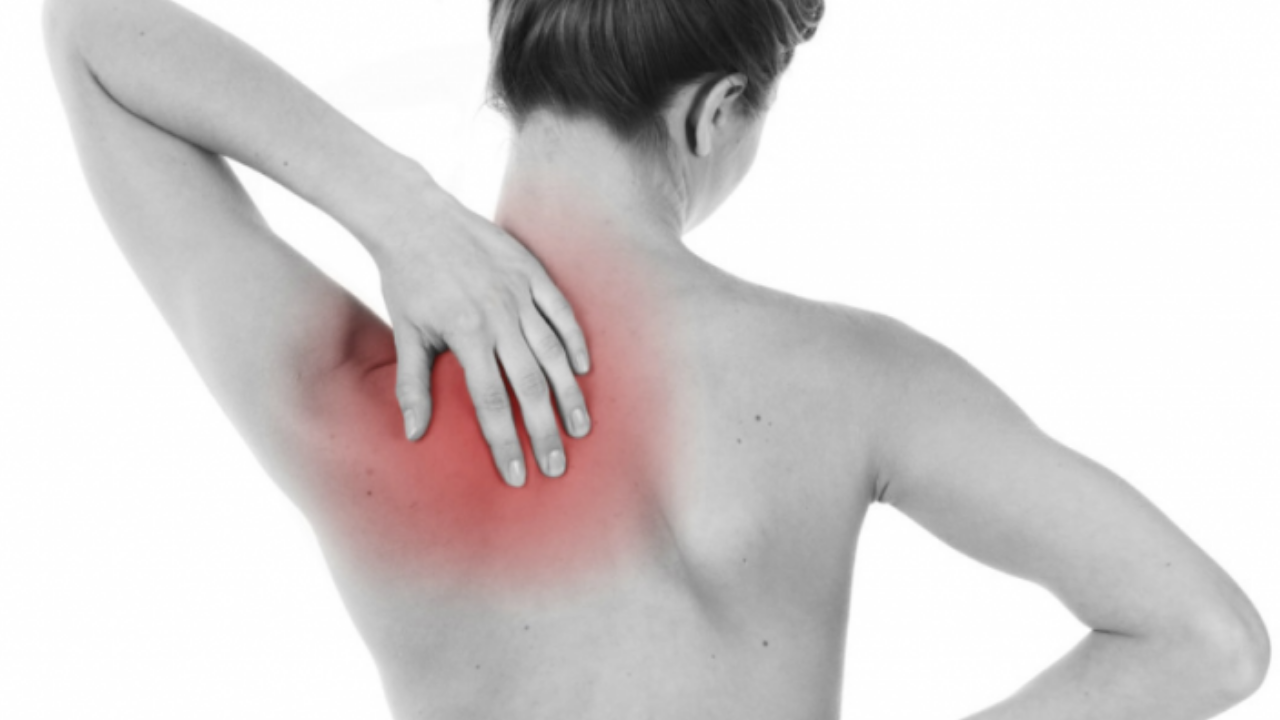August 22, 2017
3m 4s
Share:
Fibro ... what !? The pain started in the right wrist and I was diagnosed with tendonitis. Afterwards, a permanent discomfort appeared in my left hand, knees and back. I felt punctured in hip and feet and loss of strength. There came a time when I could not even open a bottle of mineral water. I was unable to walk for several days ", describes Florencia (44 years old, journalist).The analyzes showed nothing strange. The artillery of medication did not bring relief. I took anti-inflammatory drugs, analgesics, an antiepileptic, cortisone and even antidepressants. "My head worked a thousand and I imagined the worst things. I had a picture of important anguish", recalls Florencia. She went to a clinician who referred her to the rheumatologist who finally got the diagnosis right.
What is it about
Fibromyalgia is a syndrome that affects both muscles and bones. It causes anomalies in the perception of pain: those affected feel an acute discomfort before stimuli that their body did not receive. To know that it is about this disease the discomfort must occur for more than 3 months and present in 11 of the 18 trigger points of the body (this is specific places that become very sensitive to palpation). 85% of the patients are women between 20 and 60 years old. And it is estimated that it affects more than 6 million people around the world; Many of them still do not know what they have.
Reaching this diagnosis takes time. Because the symptoms make believe that it is something else and because it is not very studied (therefore, the causes are unknown). It was recognized in 1992 by the World Health Organization and, until now, has not been part of the subjects taught in the faculty, says Mariana Cannellotto, specialist in Hyperbaric Medicine, director of BioBarica. In addition, as adds Miriam Mainieri, Honorary President of the Argentina Fibromyalgia Foundation Dante Mainieri, "is delayed because it does not come out in any study, even in high complexity. And this happens in the first world too. "
The sentence that the rheumatologist gave to Marta (64, housewife) was somewhat disconcerting. But so everything, finding a name brought relief. "I started with a lot of pain in the lower back, neck and arms. At that time, I went to a doctor who sent me to do kinesiology, but every time I had more discomfort. I could not walk, I passed it from the armchair to the bed, I could not even get into the car! I had cramps in my spine, my hands were numb, I was bent. I lost almost 20 kilos; the medication made everything fall badly for me".
It is often said that fibromyalgia has no cure and that in most cases it can cause work incapacity. In any case, there are treatments that restore the quality of life. In the case of Florence, the solution came by testing with hyperbaric chamber therapies. "I discovered them by chance, during a seminar that I had to moderate. What impressed me the most was that at the third session I began to feel changes. At first I thought that mine was pure suggestion. I was so desperate to feel better that I wanted to find something miraculous that would help me. When the pains began to diminish, with the clinical doctor we began to reduce the dose of medication. By the tenth session, I was no longer taking cortisone or pregabalin. Then I felt so good that I could start with a gym routine.
"To relieve the symptoms, it is recommended to do mild to moderate exercise such as tai chi, eutonia, chi kung, acquagym, walks, soft dances. And follow a diet rich in antioxidants. "This combination improves the immune system," explains researcher Ernesto Crescenti, director of the Institute of Immunooncology that bears his name.
The emotional issue, as always, plays an important role. When feeling bad without apparent cause and without a scientific support that confirms the pain (because everything happens internally), patients often feel misunderstood. This leads to a complicated mood. "Changes in behavior, excessive reactions, apathy are frequent. That is why it is fundamental that each patient does a self-knowledge work and assumes the responsibility that he / she has over his / her state of mind: thus, it will be easier for him / her to control it ". The first step is the most complicated: accept the disease! Then, the specialists suggest to be able to tell what it feels like, to relearn to read the signals of our body, to establish a network of support and mutual help.
Source: https://elle.clarin.com/fibromalgia/
Share:
Related
View cookie policy.


